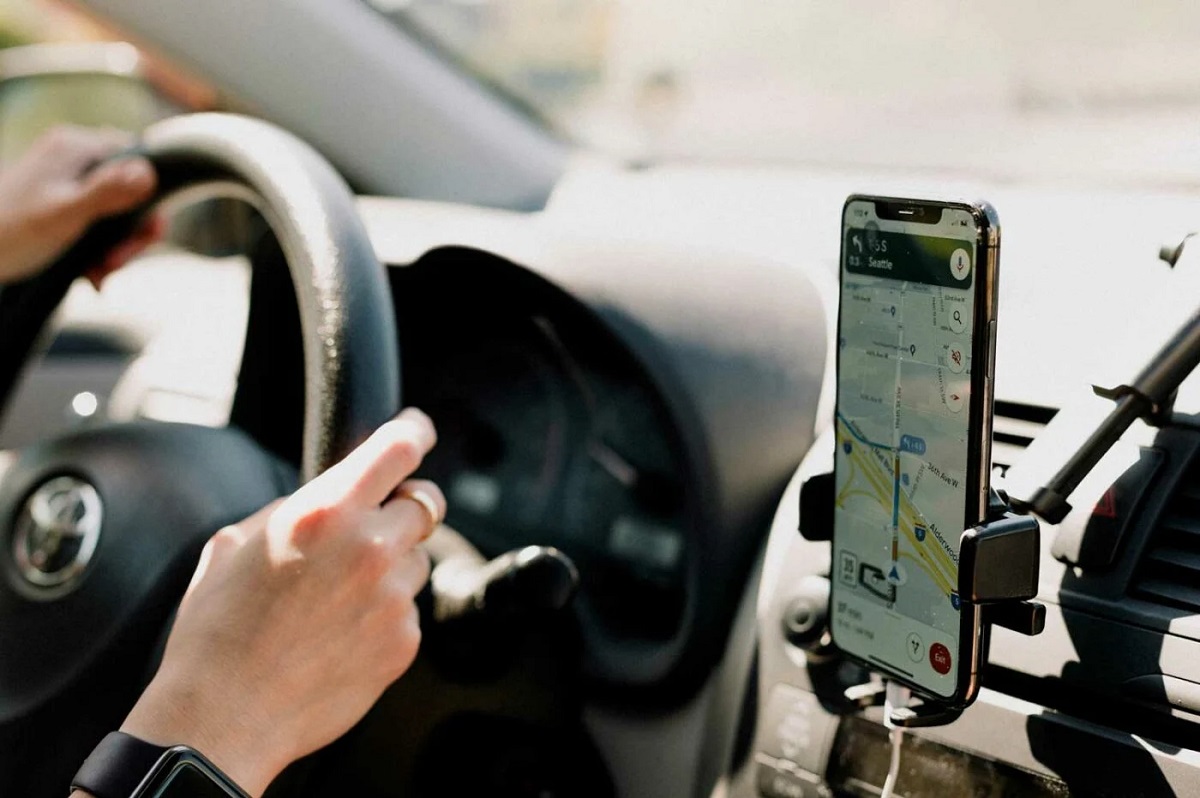Why drivers are switching
For years, Waze felt unbeatable, the community-powered, radar-savvy navigator that turned commutes into smooth, shared missions. Now a fresh shift is underway, with Google Maps steadily becoming the default choice for drivers worldwide. According to a 2024 MarketWatch study, roughly 70% of U.S. users now rely on Google Maps to avoid speed traps, a signal that convenience and integration are beating novelty. The trend is reinforced by an intuitive interface, strong ties to the broader Google ecosystem, and polished turn-by-turn guidance.
It’s not just popularity for popularity’s sake. Google Maps blends real-time traffic forecasting with dynamic route alternatives, minimizing delays with impressive consistency. The app’s predictive rerouting feels both proactive and transparent, helping users understand why a detour appears at just the right moment. Even many iPhone owners are bypassing Apple Maps in favor of Google, despite Apple’s steady improvements and privacy-first pitch.
The result is a decisive shift in day-to-day habits, with Maps edging out Waze (27%) and Apple Maps (25%) in U.S. usage. What once felt like overlapping tools now feel like a clear hierarchy, with Google Maps at the top of the stack.
Waze’s stumbles and Google’s strategy
Waze remains a beloved, highly social platform, but recent stumbles have tested patience. Persistent connectivity hiccups and occasionally less relevant routes have chipped away at its once unshakable appeal. These issues surfaced notably in late 2023, and many drivers say the experience hasn’t fully recovered. In parallel, Google has quietly fused its GPS efforts, letting Maps adopt Waze’s most practical ideas.
This strategic convergence is visible in day-to-day features, not just corporate org charts. Where Waze pioneered hyperactive, user-generated alerts, Maps now integrates similar signals in a more streamlined, lower-friction way. The result is an app that feels both community-aware and enterprise-reliable, preserving Waze’s magic while avoiding its rough edges.
As one long-time user put it, “Waze still has the better crowd energy, but Maps has the better everyday experience.”
Legal nuances keep Waze relevant
Even as Maps surges, Waze continues to hold unique advantages in certain markets. In France, for example, radar warning systems are restricted under Article R. 413-15 of the traffic code. Google Maps omits explicit radar alerts, limiting the edge it enjoys elsewhere in the world. Waze, however, sidesteps this with compliant “control zones” and “vigilance zones,” framing the same situational awareness within the law.
That linguistic finesse preserves Waze’s core utility while maintaining legal clarity. For French drivers, the familiar mix of community tips and careful wording keeps Waze compelling, even as Maps encroaches on its feature set. It’s a reminder that regional regulations can shape product choices, not just raw technology or clever design.
Feature convergence accelerates
Google Maps now includes community-driven alerts, including police presence and incident reports you can confirm or dismiss on the fly. This two-way feedback loop feels natural, translating Waze’s strengths into Maps’ calmer, more consistent frame. Google is also expanding alert types to cover accidents, road hazards, and worksites, creating a fuller picture of what lies ahead.
As these capabilities become more widely available, Waze could lose some of its unique pull, particularly in countries where its popularity is already sliding back. If Maps delivers the same real-time awareness with fewer glitches and tighter integration, inertia will favor the simpler, one-stop choice.
What drivers should look for
- Reliable, real-time traffic and incident data that updates quickly and reroutes intelligently in the background.
- Clear, glanceable UI with lane-level guidance and accurate turn-by-turn prompts.
- Community-aware alerts for police checks, hazards, and closures, with easy confirm/deny controls.
- Seamless integration with calendars, contacts, and search, reducing app-switching on the move.
- Offline maps with robust coverage and minimal feature loss when connectivity drops.
- Battery-efficient navigation tuned for long drives and frequent city-stop patterns.
The road ahead
The direction of travel is clear: Google Maps is absorbing the most loved Waze ingredients, then serving them in a more stable, broadly integrated package. For many drivers, that combination of reliability and real-time awareness is the winning formula. Waze still shines where community energy and nuanced local compliance matter most, and its fans remain passionately loyal.
Yet momentum favors the app that reduces friction and anticipates needs, not the one that merely shouts the loudest about hazards. Right now, that advantage lies with Google Maps, which unites precise routing, rich context, and an ever-growing layer of crowd-sourced intelligence. If the convergence continues at this pace, the gap will widen—and the daily choice for many drivers will become ever more obvious.


Does Google not own Waze?
Yes. Google Maps and Waze has been integrated for years. This is kind of a silly.